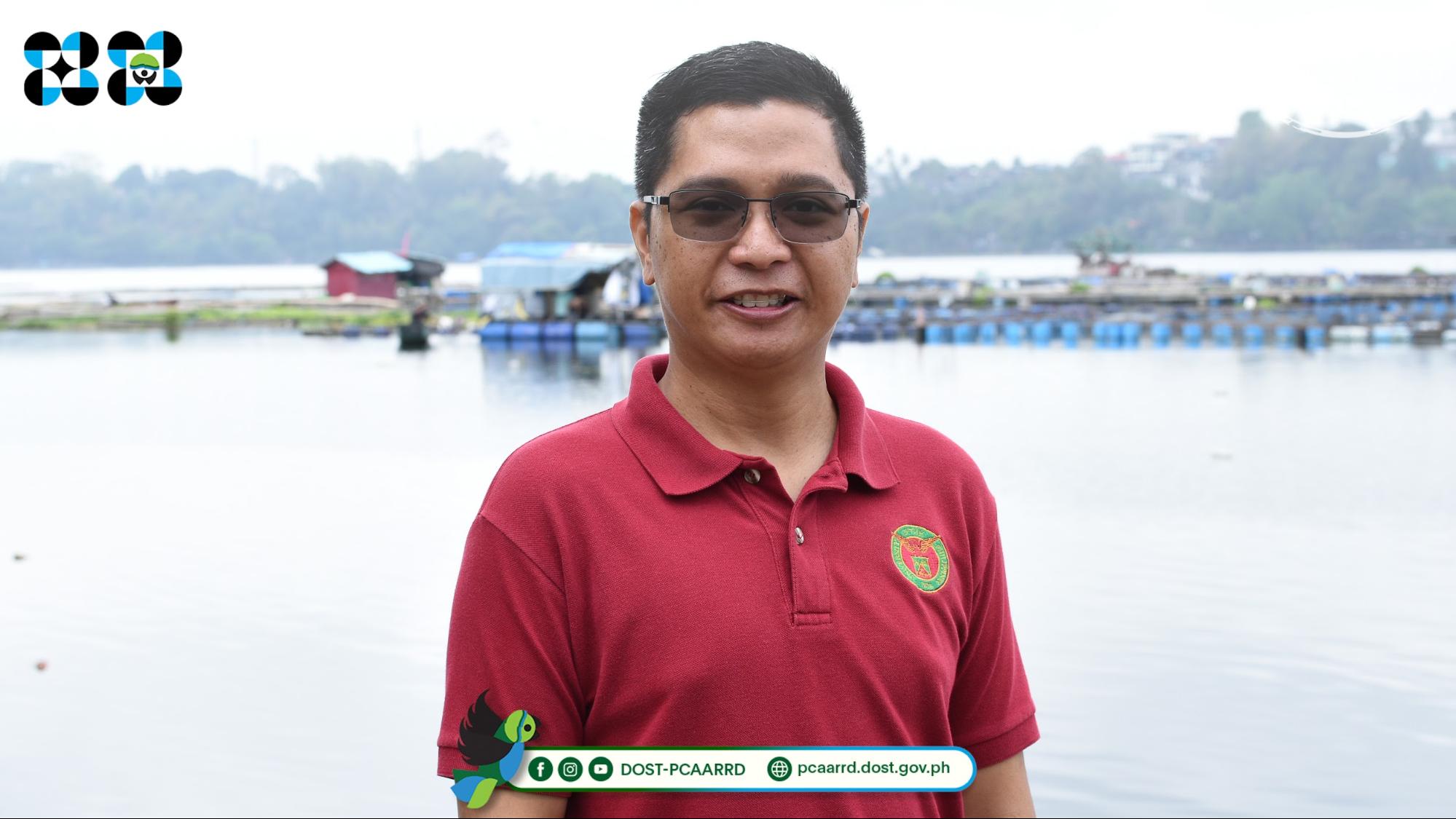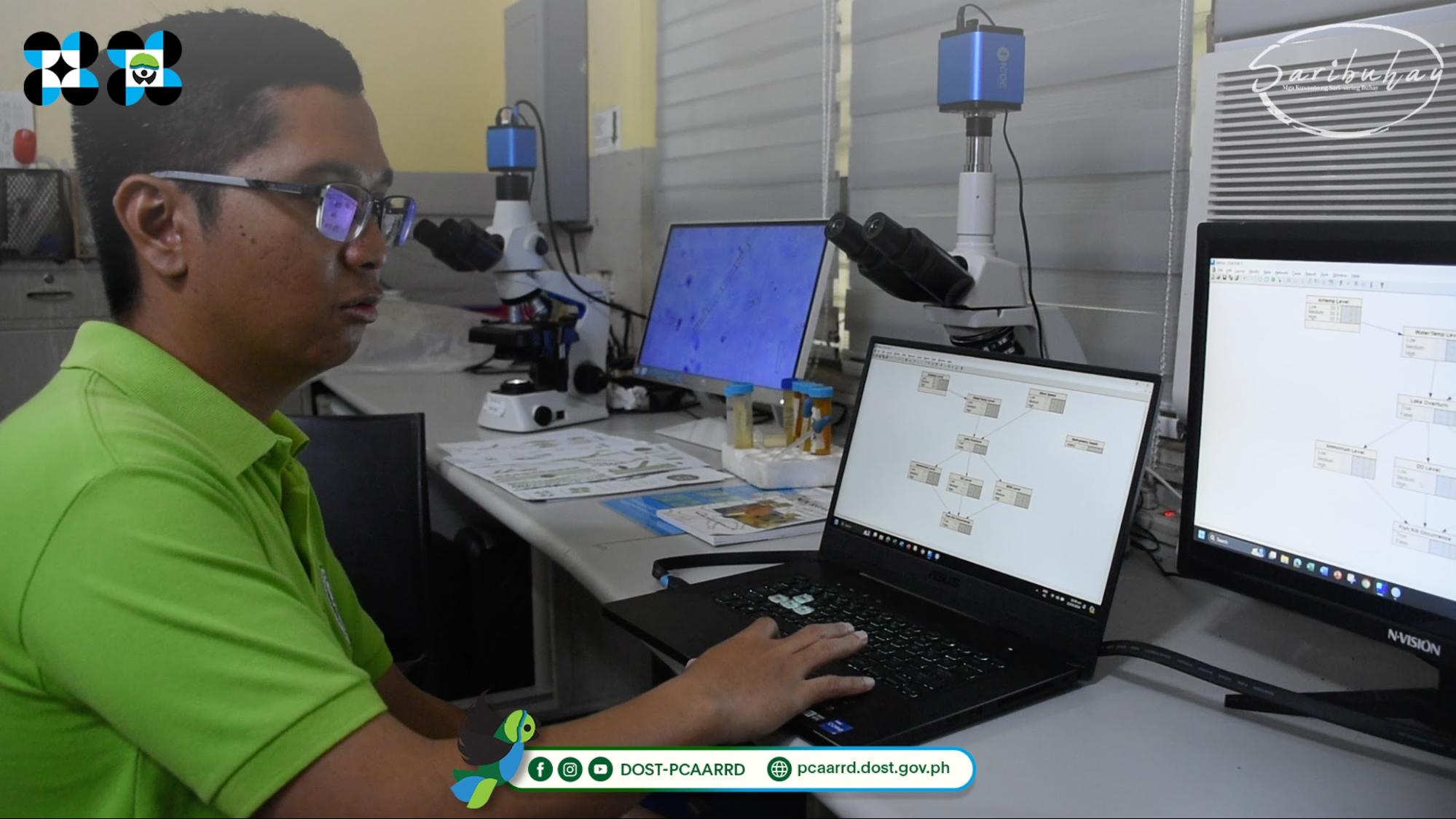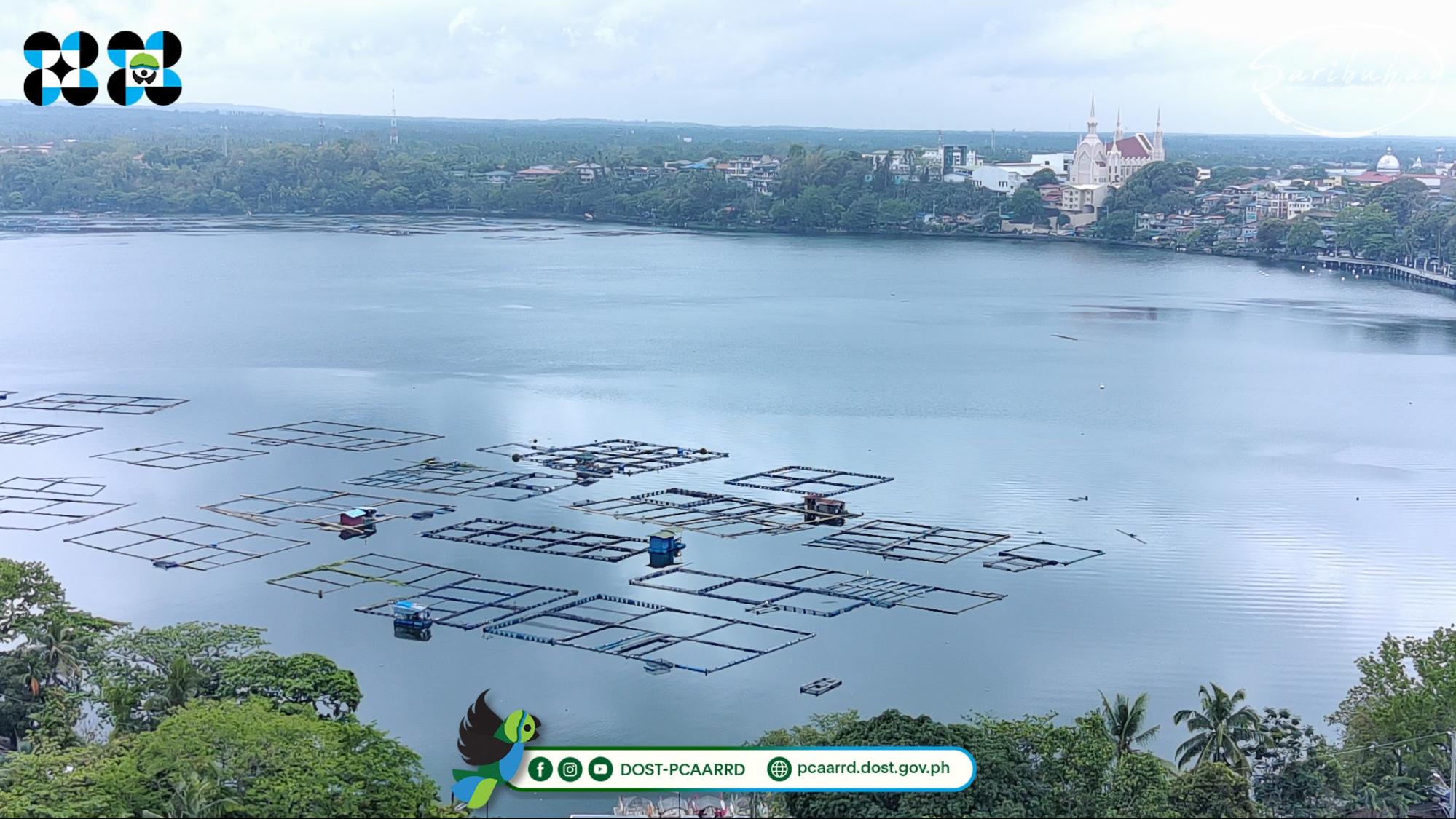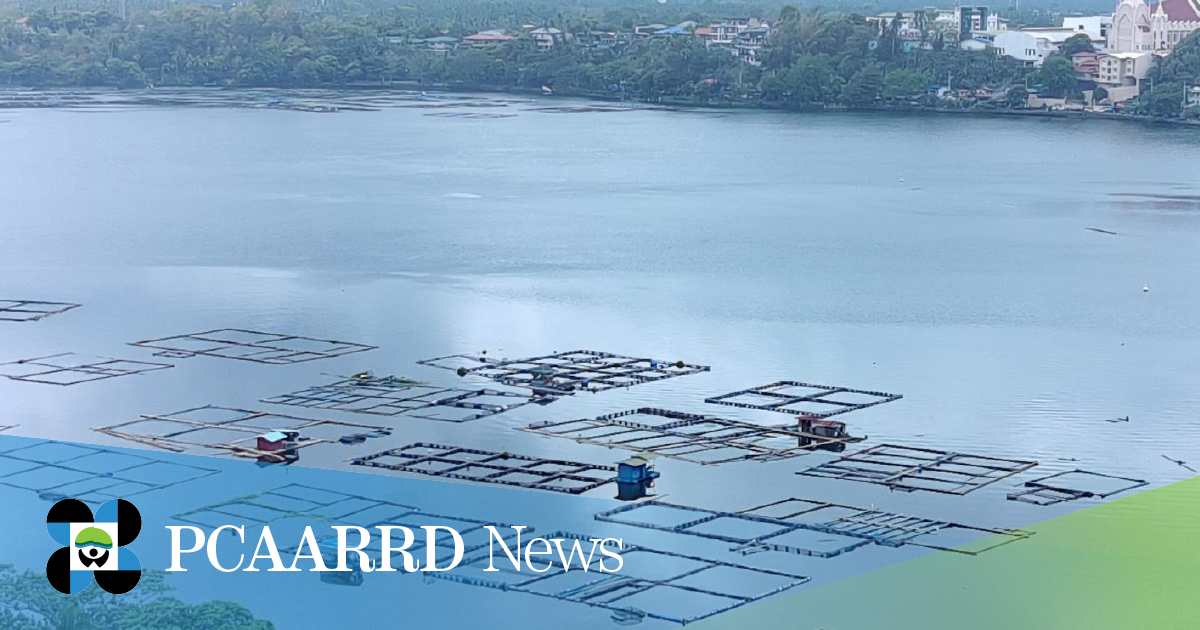
Who would have thought that a volcanic activity would produce the renowned seven lakes in San Pablo City, Laguna? From serene fishing spots to vibrant ecotourism destinations, the Seven Lakes serve as a testament to nature's beauty and the rich cultural heritage of the town and nearby municipalities. However, changes in the environment from climate change and human activities are causing the water quality of these lakes to change. To help the communities reliant on the ecosystem services of the lakes, how can we monitor and assess the water quality of the seven lakes?
In a new episode, Saribuhay featured the project, “Development of Models for the Assessment and Monitoring of the Seven Lakes of San Pablo,” of the University of the Philippines Los Banos (UPLB) and the Philippine Council for Agriculture, Aquatic and Natural Resources Research and Development of the Department of Science and Technology (DOST-PCAARRD).

Mr. Pleto showing the Bayesian Network Model of the seven lakes of San Pablo. (Image credit: ACD, DOST-PCAARRD)
Led by Assistant Professor John Vincent R. Pleto from the UPLB Institute of Biological Sciences, the project developed a Water Quality Index and Bayesian Network Model for the assessment and monitoring of the lakes. Water Quality Index is the aggregated water quality parameters to determine the overall state of the lakes, while the Bayesian Network Model is a probabilistic model looking into relationships of different variables to predict the occurrence of fish kills.
Along with the two developed models, the project team conducted a stakeholder’s forum to present research results and help them make evidence-based lake conservation and management programs and policies. For its future plans, the project will develop an online database of research results including water quality and species biodiversity of the lakes.

“Monitoring its water quality provides us evidence to make sound decisions in managing our lake ecosystem,” shares Mr. Pleto, who hopes that the project outputs will help guide plans and policies concerning the conservation and management of the seven lakes. “To conserve and protect our lakes and its biodiversity is to maintain ecological balance and ensure the future generation of the beauty and resources we have now,” he added.
Saribuhay is a nonprofit infotainment Youtube series which features DOST-PCAARRD’s initiatives on biodiversity and natural resources. You can watch the full episode on Youtube: Paano natin malalaman ang kalagayan ng pitong lawa ng San Pablo? | Saribuhay

